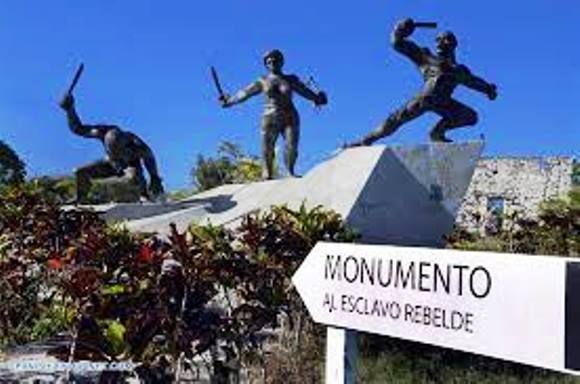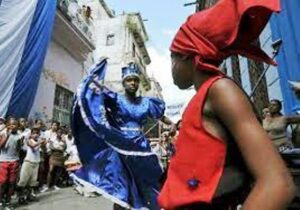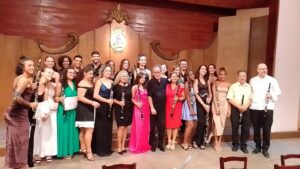Africa from the heart of Cuban culture.


To understand today’s Cuba, it is inevitable to look at the genesis of its identity. Several cultures settled on the island to give birth to criollismo. In this amalgam of traditions, those of Africa sowed a strong heritage that transcends to the present day.
In order to raise awareness of the needs that African countries continue to face and to vindicate the socio-economic progress they have made, including their liberation from colonialism, May 25th was decreed International Africa Day in 1958.
Cuban culture of African origin has its origins in the arrival of enslaved men in Cuba. The arrival of settlers from the Old Continent to the island increased in the first half of the 19th century, to satisfy the demand for labour on sugar and coffee plantations.
See also: https://www.radio26.cu/2023/05/21/la-diversidad-que-nos-une-desde-la-cultura-videos-audios-fotos-e-infografias/

Since 1555, slaves from different villages on the black continent arrived in Matanzas to work on the sugar and tobacco plantations. Those forcibly uprooted black steeds passed on to us an invaluable cultural, material and immaterial heritage, and were the promoters of cultivating in the bowels of Cuba, of Matanzas, its customs, rhythms, dances, cuisine, religions and language as part of a wonderful oral tradition present in all popular spheres until today.
The Cuban culture of African origin makes this province a multicultural, multiethnic place where these elements have not disappeared, but are revived and survive over time, thanks to institutions such as the Castillo de San Severino, Museum of the Slave Route.
See also: https://palabrassinmordaza.wordpress.com/2016/04/12/1372/
Several ethnic denominations from Africa are known in Matanzas, among them those of Yoruba, Ewe Fon, Gangá, Bantú and Carabalí origin.

In order to preserve the oral and written memory of their faith and to bring the cultural legacy to all, the creation of the Cabildos, Associations and House Temples, which unified the slaves according to their nation, was decisive.
See also: https://www.radio26.cu/2023/05/25/hermanados-por-la-historia/
According to historical data, these appeared in Matanzas from 1801, under the implementation of regulations and norms by the Spanish authorities.
In the province today there are Casas Templo and Cabildos, the only ones of their kind in Cuba, in almost every municipality. These structures also played an important role in the preservation of songs, music and dances. The rumba, declared Intangible Heritage of Humanity, is part of the invaluable legacy that has come down to us from the black continent.

The music has evolved over the years, but the contributions of African roots can be perceived in it, with nationally and internationally acclaimed groups such as Afrocuba and Los Muñequitos de Matanzas.
In Matanzas, traditions also survive, such as the festivity of the San Juan Bautista cabildo on June 23rd, and on 7th September, when religious people from the La Marina neighbourhood and other parts of the city take the offerings given to Olokum to the seashore so that good fortune would reign.
The presence of slaves on our soil brought with it the biological relationship with other races, the consequence of which is the mestizaje of the Cuban people, making us inescapable participants in its marvellous and rich cultural legacy.
For Matanzas, the black was the decisive agent of the history, economy, culture, religion, dance, music and tradition that we have today as the purest legacy of Africa.

Written by Jessica Mesa.




